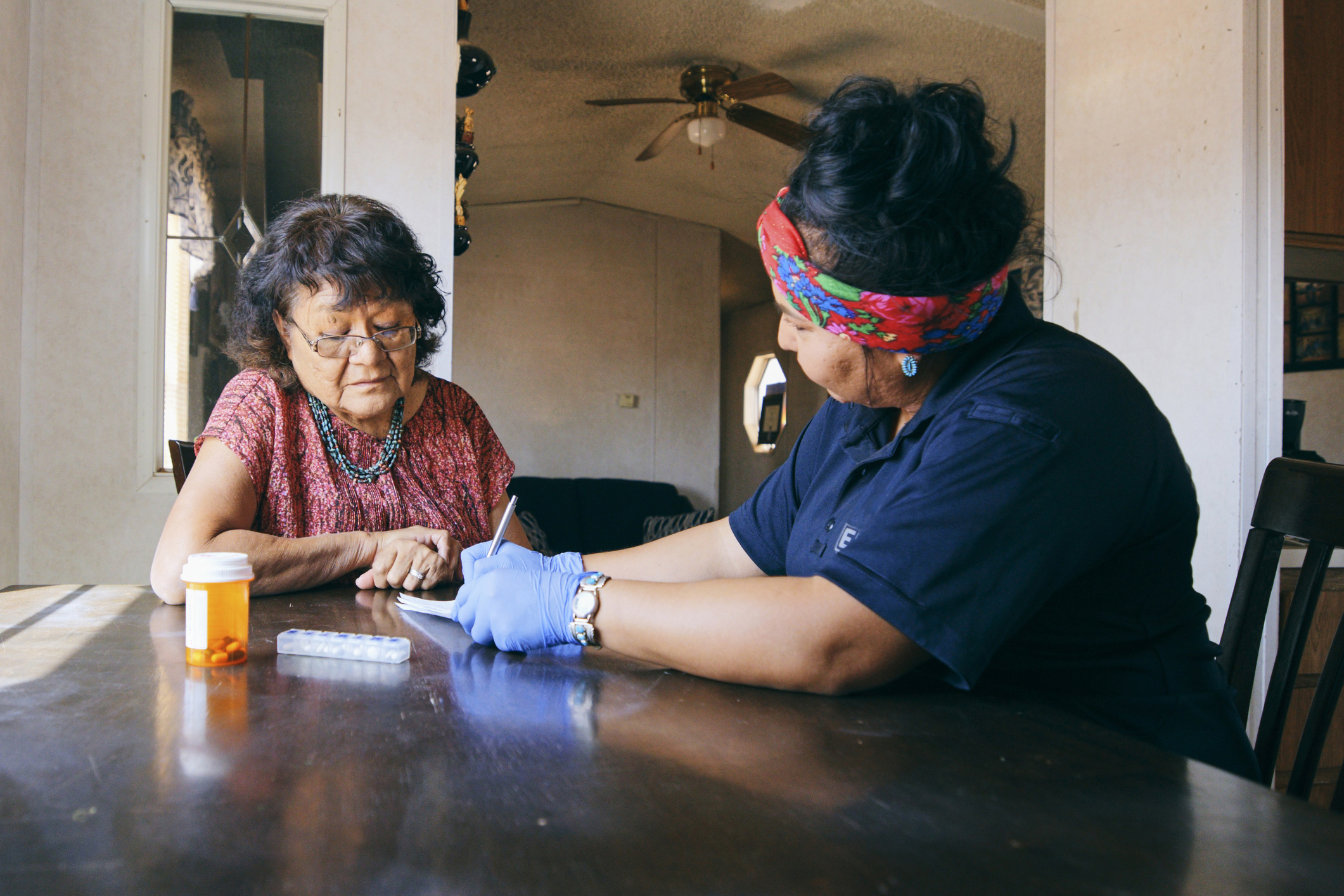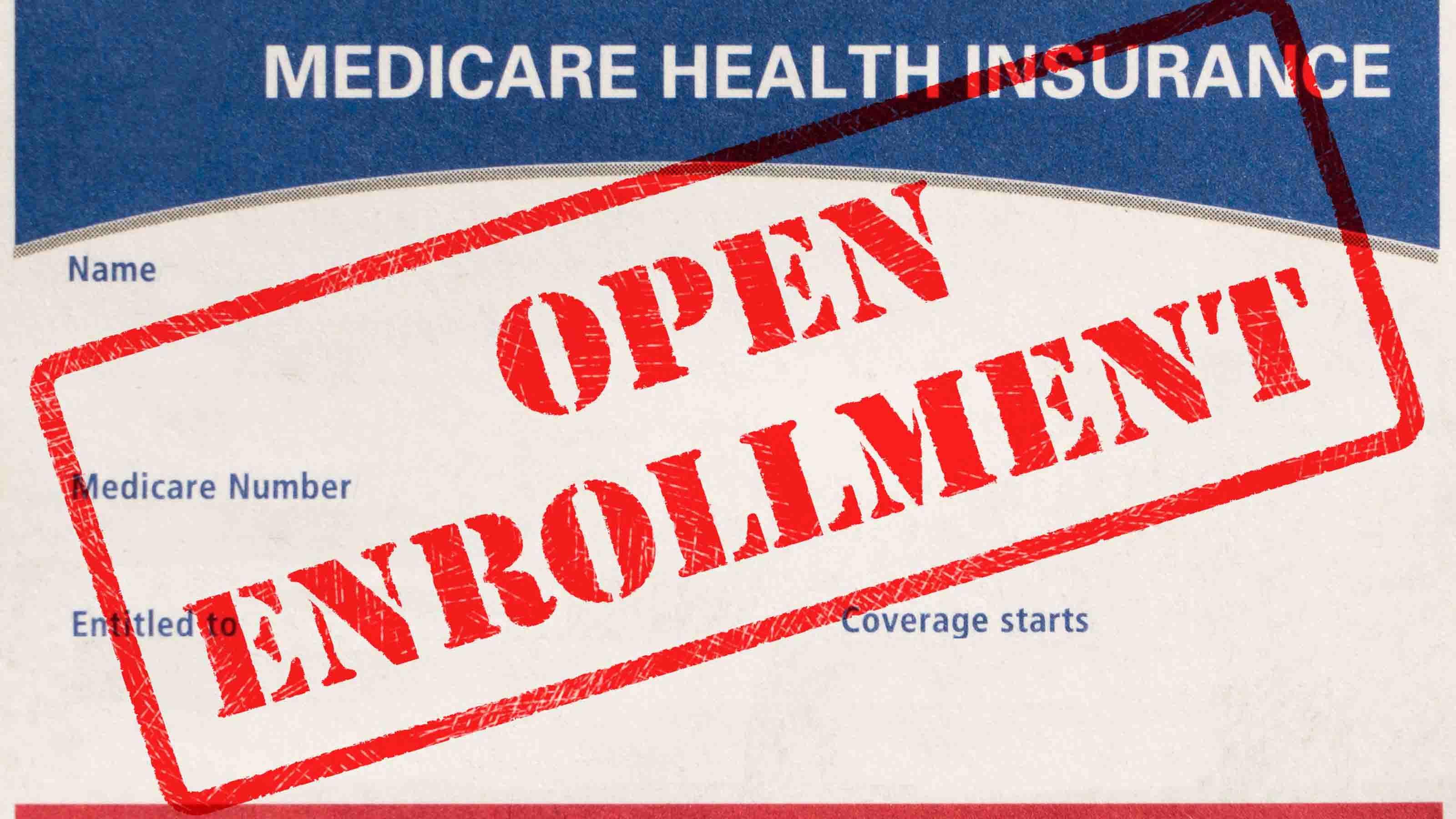
Understanding Medicare basics may be one of the most maddening tasks you'll face when heading into retirement. Figuring out when to enroll in Medicare and which parts of Medicare to elect can be daunting even for the savviest retirees.
There is Part A, Part B, Part D, Medigap plans, Medicare Advantage plans and so on. And what the heck is a doughnut hole, anyway? Medicare open enrollment runs annually from October 15 through Dec. 7 every year. You should understand the basics before you make any choices or changes.
The new digital version of the "Medicare & You" handbook can be downloaded here. This publication has a rundown of Medicare benefits, health and drug plans, your rights and protections and answers to the most frequently asked questions about Medicare. Here's a preview of how Medicare will change in 2025, included in the "Medicare & You" handbook.
So, to help you wade into the waters of this complicated federal health insurance program for retirement-age Americans, here are 11 essential things you must know about Medicare.
1. Medicare comes with a cost
Medicare is divided into parts. Part A, which pays for hospital services, is free if you or your spouse paid Medicare payroll taxes for at least 10 years. People who aren't eligible for free Part A can pay a monthly premium of several hundred dollars. The Part A deductible for hospital admissions will increase to $1,676 in 2025. That's an increase of $44, up from $1,632 in 2024.
Part B covers doctor visits and outpatient services, and it comes with a price tag — the standard monthly premium in 2025 will be $185.00, up $10.30 from $174.70 in 2024.
Part D, which covers prescription drug costs, also has a monthly charge that varies depending on which plan you choose; the average Part D total premium for 2025 will be about $46.50 per month, down from $53.95 in 2024. In addition to premium costs, you'll also be subject to co-payments, deductibles and other out-of-pocket costs.
Beginning in 2025, people with Part D plans won’t have to pay more than $2,000 in out-of-pocket costs. The $2,000 cap will be indexed to the growth in per capita Part D costs, so it may rise each year after 2025. Part D enrollees will have the option of spreading out their out-of-pocket costs over the year rather than face high out-of-pocket costs in any given month.
2. Fill Medicare's coverage gaps with a Medigap plan
Beneficiaries of traditional Medicare will likely want to sign up for a Medigap supplemental insurance plan offered by private insurance companies to help cover deductibles, co-payments and other gaps. You can switch Medigap plans at any time, but you could be charged more or denied coverage based on your health if you choose or change plans more than six months after you first signed up for Part B.
Medigap policies are identified by letters A through N. Each policy that goes by the same letter must offer the same basic benefits, usually the only difference between same-letter policies is the cost.
Plan F has been very popular because of its comprehensive coverage, but as of 2020, Plan F (along with Plan C) is unavailable for new enrollees. The closest substitute for Plan F is Plan G, which pays for everything that Plan F did except the Medicare Part B deductible. Anyone enrolled in Medicare before 2020 can still sign up for plans F and C.
3. Consider Medicare Advantage for all-in-one plans

You can choose to sign up for traditional Medicare: Parts A, B and D, and a supplemental Medigap policy. Or, you can go an alternative route by signing up for Medicare Advantage, which provides medical through private insurance companies. These plans also frequently include prescription drug coverage.
You can not sign up for Medigap coverage if you are enrolled in a Medicare Advantage plan and will lose your Medigap coverage if you switch from Original Medicare to an Advantage plan.
Also called Part C, Medicare Advantage has a monthly cost, in addition to the Part B premium, that varies depending on which plan you choose. For 2025, the average monthly premium for Advantage plans is $17.00, down $1.23 from $18.23 in 2024.
Like traditional Medicare, you'll also be subject to co-payments, deductibles and other out-of-pocket costs. In many cases, Advantage policies charge lower premiums than Medigap plans but have higher cost-sharing. Your choice of providers may be more limited with Medicare Advantage than with traditional Medicare, and recent research has found that sicker enrollees often dump Medicare Advantage in favor of original Medicare.
In recent months, Humana, CVS and some smaller insurers announced plans to pull out of unprofitable markets and reduce service in others, so those Medicare Advantage customers have to find another plan or return to Original Medicare. UnitedHealthcare, the largest insurer, is the outlier with no plans to reduce current or new enrollments.
4. High income earners pay more for Medicare
If your income is above a certain threshold, you'll pay more for Parts B and D. These income-related monthly adjustment amounts (IRMAA) are based on your adjusted gross income from two years earlier. In 2025, single filers with an adjusted gross income (AGI) from 2023 that exceeds $106,000 ($212,000 for married couples filing jointly) will pay a premium ranging depending on their income. The surcharge ranges from $74.00 to $443.90 in addition to the standard premium of $185.00 in 2025.
For Part D coverage in 2025, single filers with an AGI from 2023 that exceeds $106,000 ($212,000 for married couples filing jointly) will pay an extra $13.70 to $85.50 per month, depending on their income.
5. When to sign up for Medicare
If you are already collecting Social Security benefits, you will be automatically enrolled in Parts A and B. You can choose to turn down Part B, since it has a monthly cost; if you keep it, the cost will be deducted from Social Security if you already claimed benefits.
You will have to sign yourself up for Parts A and B if you have not started Social Security. The seven-month initial enrollment period begins three months before the month you turn 65 and ends three months after your birthday month. Sign up in the first three months to ensure coverage starts by the time you turn 65.
You may be able to delay signing up for Medicare if you are still working and have health insurance through your employer (or if you’re covered by your working spouse’s employer coverage.) But you will need to follow the rules and must sign up for Medicare within eight months of losing your employer’s coverage to avoid significant penalties when you do eventually enroll.
Beginning in 2025, people with Part D plans won’t have to pay more than $2,000 in out-of-pocket costs. This change to Medicare prescription drug coverage may cause problems if you delay enrolling in Medicare because you are covered by employer health insurance. See Medicare Upgrades Could Disqualify Your Private Plan to find out more about how this new $2,000 cap will impact the credibility of your employer-provided prescription drug coverage
6. A quartet of Medicare enrollment periods

There are several other Medicare open enrollment periods, in addition to the seven-month initial enrollment period.
If you missed signing up for Part B during that initial enrollment period and you aren't working (or aren't covered by your spouse's employer coverage), you can sign up for Part B during the general enrollment period that runs from Jan. 1 to March 31. Coverage will begin on July 1. But you will have to pay a 10% penalty for life for each 12-month period you delay in signing up for Part B.
Those covered by a current employer's plan, though, can sign up later without penalty during a special enrollment period, which lasts for eight months after you lose that employer coverage. If you miss your special enrollment period, you must wait until the general enrollment period to sign up.
Medicare Open enrollment runs from Oct. 15 to Dec. 7 every year, during which you can change Part D plans or Medicare Advantage plans for the following year, or switch between Medicare Advantage and original Medicare. Advantage enrollees also can switch to a new Advantage plan or original Medicare between Jan. 1 and March 31. And if a Medicare Advantage plan or Part D plan available in your area has a five-star quality rating, you can switch to that plan outside of the open enrollment period.
7. A filled doughnut hole for Medicare Part D
In 2020 the dreaded Part D "doughnut hole" was filled. That hole is a coverage gap in which you used to face much higher out-of-pocket costs for your drugs, but that is no longer the case. For 2024, when the total amount you and your plan have paid for drugs reaches $5,030 then you will pay 25% of any additional costs. (This percentage used to be higher before the gap was closed.) Prescription drug manufacturers pick up 70% while insurers pay 5%.
Catastrophic coverage, with the government picking up most costs, begins when a patient's out-of-pocket costs reach $8,000, the maximum spending limit for beneficiaries in 2024.
Any deductible paid before you entered the doughnut hole counts toward that annual maximum as does the 25% you contributed while in the doughnut hole and the 70% that pharmaceutical companies paid on your behalf.
Beginning in 2025, people with Part D plans won’t have to pay more than $2,000 in out-of-pocket costs. The $2,000 cap will be indexed to the growth in per capita Part D costs, so it may rise each year after 2025. Part D enrollees will also have the option of spreading out their out-of-pocket costs over the year rather than face high out-of-pocket costs in any given month.
This new rule applies only to medications covered by your Part D plan and does not apply to out-of-pocket spending on Medicare Part B drugs. Part B drugs are usually vaccinations, injections a doctor administers, and some outpatient prescription drugs.
8. Medicare offers more free preventive services

Medicare beneficiaries can receive a number of free preventive services. You get an annual free "wellness" visit to develop or update a personalized prevention plan. Beneficiaries also get a free cardiovascular screening every five years, annual mammograms, annual flu shots, and screenings for cervical, prostate and colorectal cancers.
9. Medicare expands telehealth offerings
Although most Medicare Advantage plans have been covering telehealth for years, traditional Medicare used to restrict the service only to certain devices and practitioners, and patients had to be at a Medicare facility.
When the coronavirus pandemic hit, telehealth was expanded so that patients could use smartphones in their own homes to consult with a broader range of medical professionals. This feature has become permanent for 2024.
After December 31, 2024, you must be in an office or medical facility located in a rural area for most telehealth services. However, you can still get certain telehealth services, such as for mental and behavioral health, in your home no matter where you live.
After December 31, 2024, you must be in an office or medical facility located in a rural area for most telehealth services. However, you can still get certain telehealth services, such as for mental and behavioral health, in your home no matter where you live. You can find a non-exhaustive list of services anyone can receive without being in a rural area on page 51 of the Medicare & You handbook for 2025.
10. What Medicare does not cover
While Medicare covers your healthcare, it generally does not cover long-term care — an important distinction. Under certain conditions, particularly after a hospitalization to treat an acute-care episode, Medicare will pay for medically necessary skilled nursing facility or home healthcare.
But Medicare generally does not cover costs for "custodial care" — that is, care that helps you with activities of daily living, such as dressing and bathing. To cover those costs, you will have to rely on your savings, long-term-care insurance or Medicaid — if you meet the income and asset requirements. Traditional Medicare also doesn't cover routine dental or eye care and some items such as dentures or hearing aids.
11. You have the right to appeal a Medicare decision
If you disagree with a coverage or payment decision made by Medicare or a Medicare health plan, you can file an appeal. The appeals process has five levels, and you can generally go up a level if your appeal is denied at a previous level.
Gather any information that may help your case from your doctor, healthcare provider or supplier. If you think your health would be seriously harmed by waiting for a decision, you can ask for a fast appeal to be made and if your doctor or Medicare plan agrees, the plan must decide your request within 72 hours.
Contact your State Health Insurance Assistance Program (SHIP) if you need help filing an appeal.







